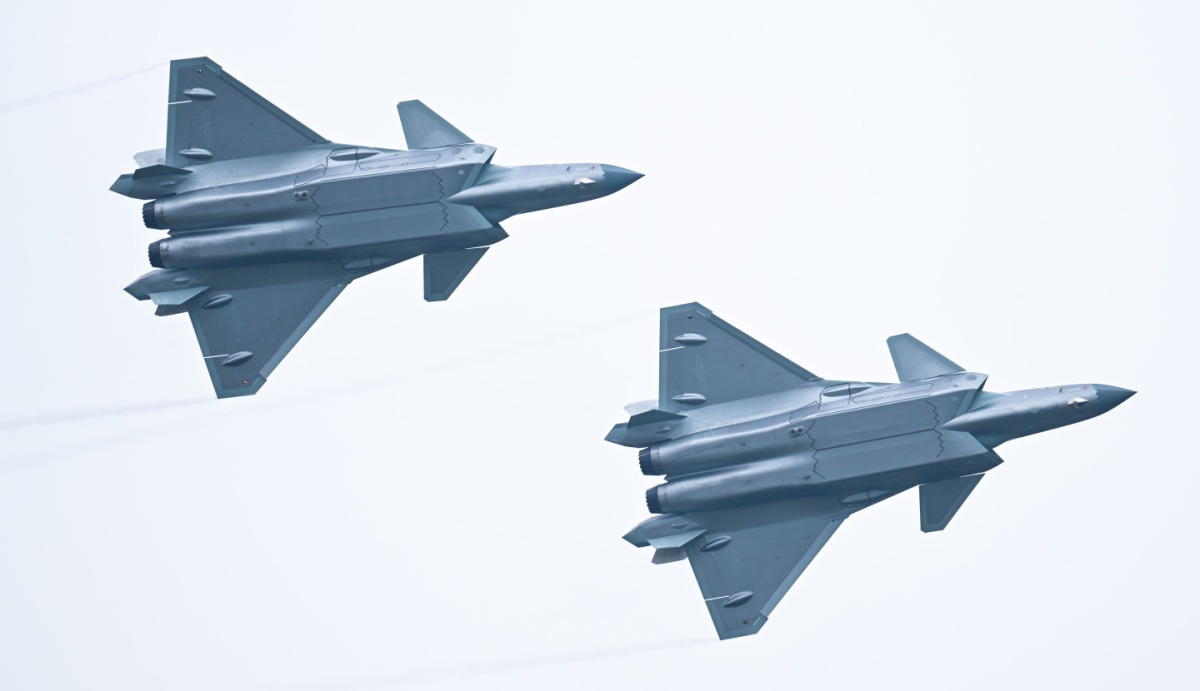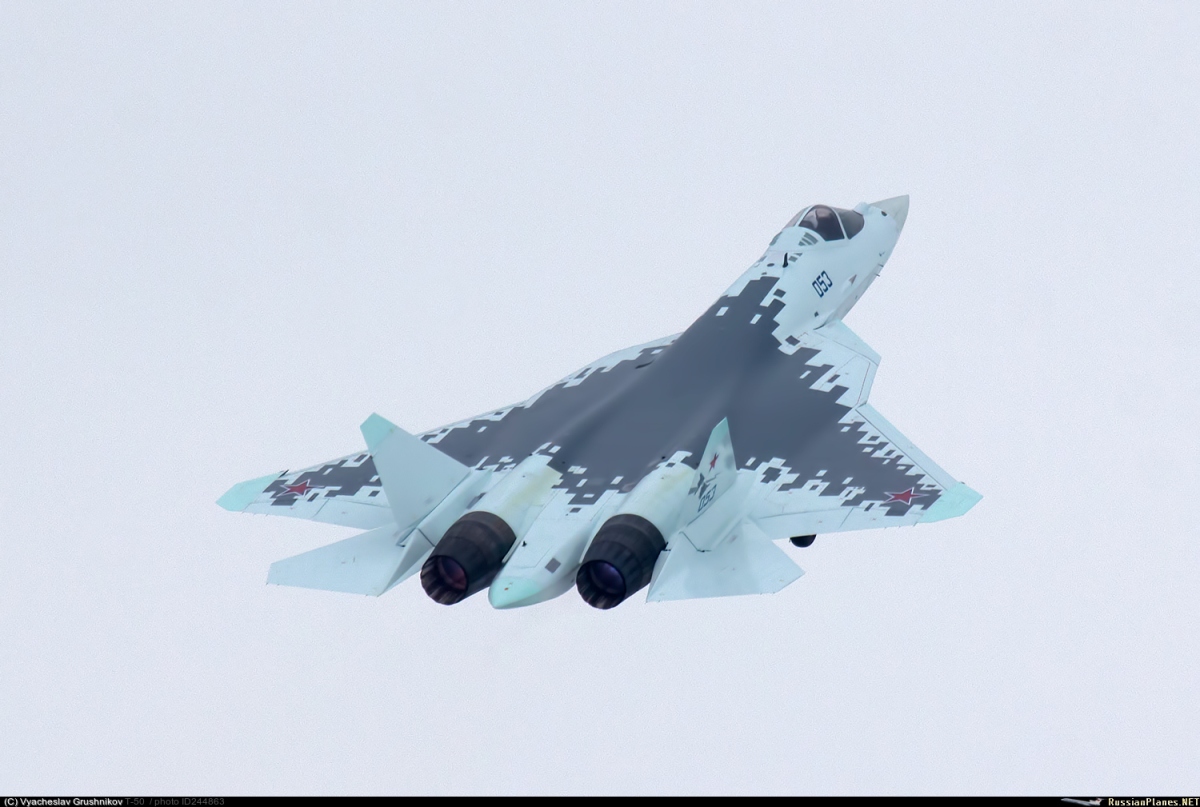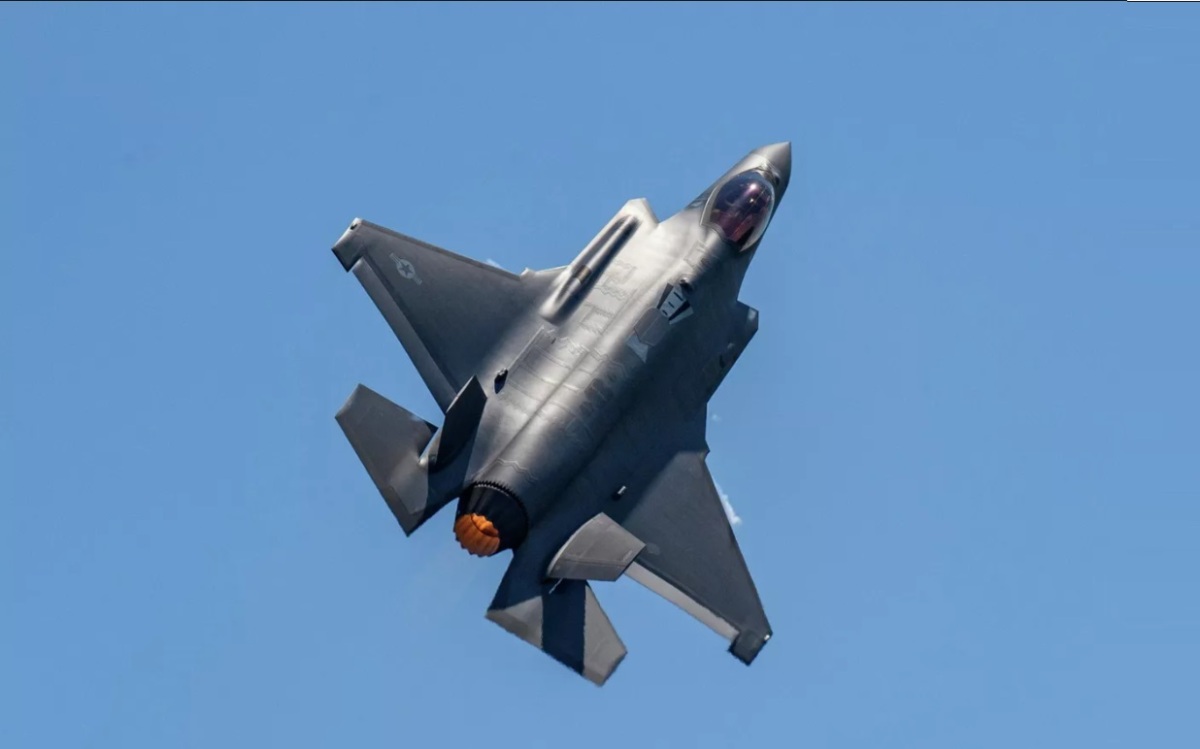rockdog
New Member
- Joined
- Dec 29, 2010
- Messages
- 4,249
- Likes
- 3,025
If PLAAF only has 40, it's a diplomatic weapon, if there is 1000 J20, it's something.Fighter aircraft are not decisive weapons, despite the impression for fans they are, they are not.
These are really decisive weapons
ICBMs, Submarines, Cruise missiles armed with nukes.
Biological weapons, since they target humans and not infrastructure.
India has enough weapons to assure J-20 is not a decisive weapon.
Add J-20 has not VTOL capability, it can not fly like Harriers or F-35B
you can hide a J-35B almost any where.
airstrips are prone to be targeted and are easy to spot.
F-35 also is stealthier than J-20.
why? easy less reflectors, no ventral fins and no canards with dihedral.
Add J-20 is bigger than F-35 so the radar energy is higher due lo a larger surface and volume despite it has similar shape, smaller in stealth is better always.
If it comes to conventional war J-20 has practicality versus nations armed with conventional weapons such as Taiwan, Vietnam or Japan; however versus India having subs and allies like the USA and England means basically the threat of nuclear war is real.
Russia has Tu-160 even USA has B-2s and B-21 because long range armed nuclear cruise missiles allow Tu-160 stay out of the range of the enemies territory.
in a full blown war, radioactivity in India means the aquifers and winds will pollute China too and once water is polluted in the Himalayas do not mean anything since hymalayas are the water source of Asia.
Millions of people dependent on Himalayan snowmelt for water face a "very serious" risk of shortages this year after one of the lowest rates of snowfall, scientists warned Monday.
Snowmelt is the source of about a quarter of the total water flow of 12 major river basins that originate high in the region, the report said.
"This is a wake-up call for researchers, policymakers and downstream communities," said report author Sher Muhammad, from the Nepal-based International Centre for Integrated Mountain Development (ICIMOD).

Low snow on the Himalayas threatens water security
Millions of people dependent on snowmelt for water face a 'very serious' risk of shortages this year after one of the lowest rates of snowfall.www.japantimes.co.jp
While everyone’s anxiously watching and analysing the events unravelling in the South China Sea, there’s another resource conflict involving China that also deserves attention. In the Himalayas, China and India are competing for valuable hydropower and water resources on the Yarlung Tsangpo–Brahmaputra River. The dispute offers some important lessons for regional cooperation (on more than just water), and highlights what’s at stake if China and India mismanage their resource conflict

China, India and water across the Himalayas | The Strategist
While everyone’s anxiously watching and analysing the events unravelling in the South China Sea, there’s another resource conflict involving China that also deserves attention. In the Himalayas, China and India are competing for valuable hydropower ...www.aspistrategist.org.au
J-20 is just a diplomatic weapon, Biological weapons are far more decisive and dangerous.






